-
 1
1
Case Number : Case 2971 - 25 November 2021 Posted By: Saleem Taibjee
Please read the clinical history and view the images by clicking on them before you proffer your diagnosis.
Submitted Date :
62F punch biopsy right lower leg ?skin spots ?acanthosis nigricans ?necrobiosis lipoidica

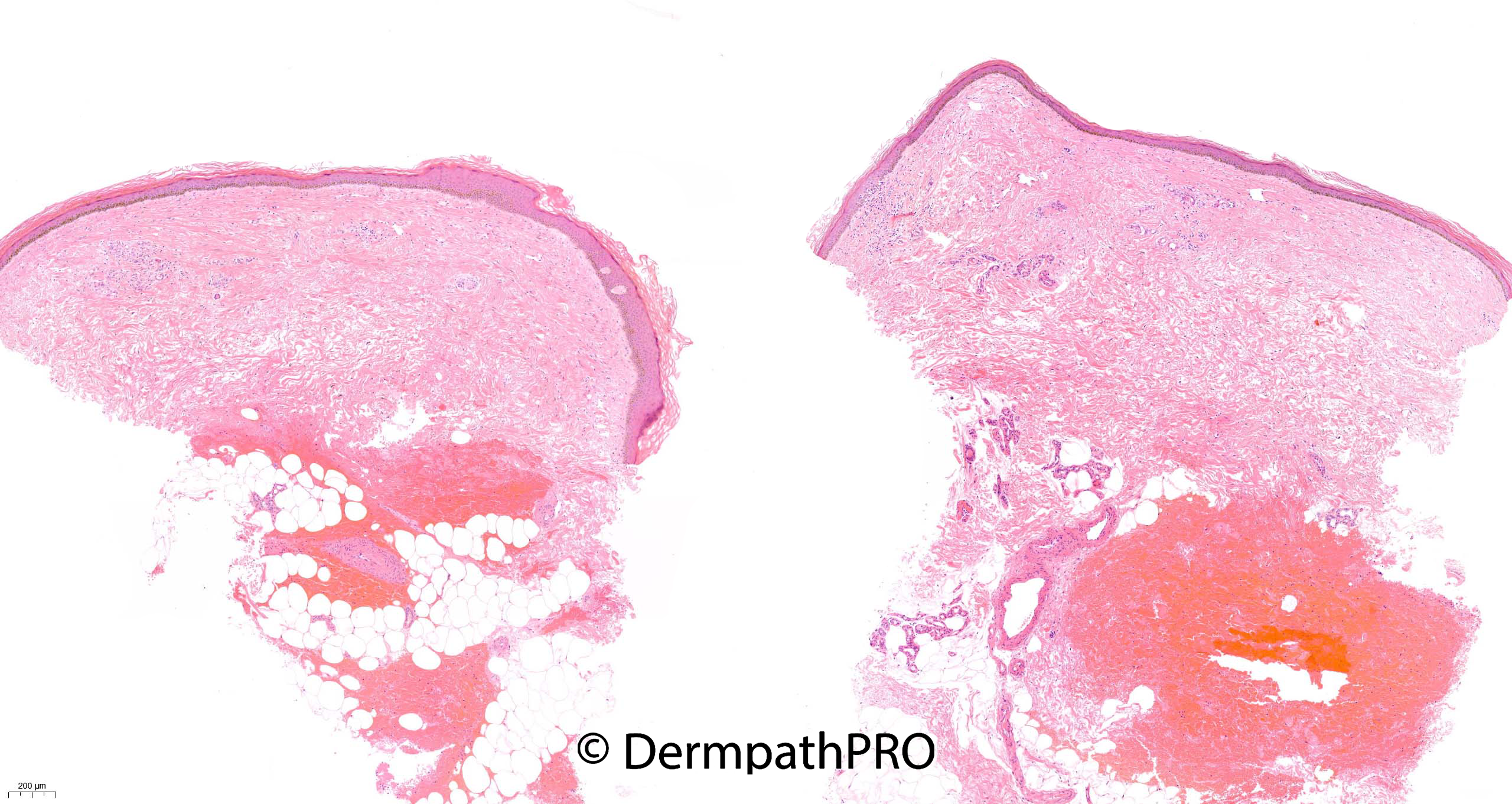

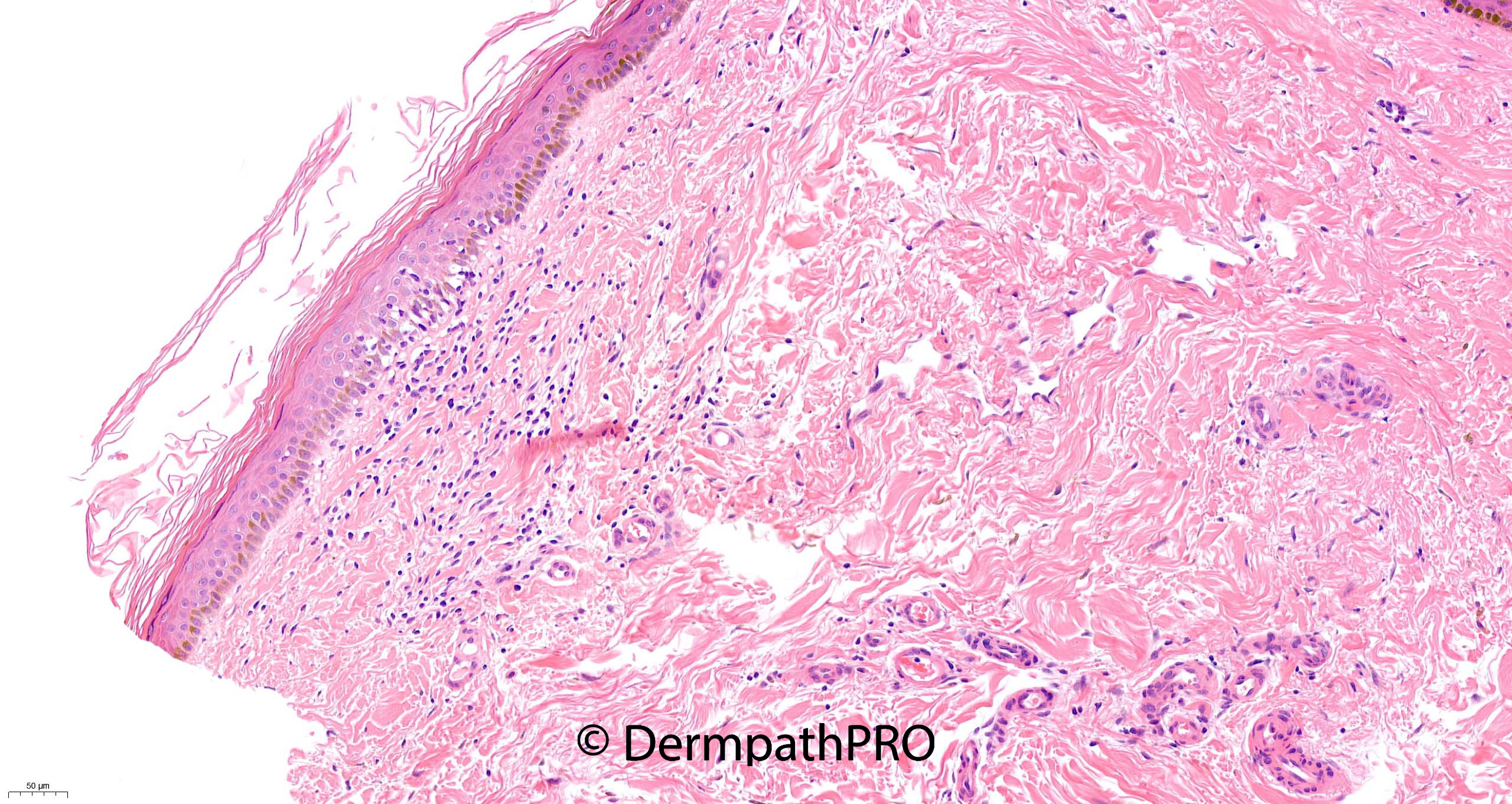

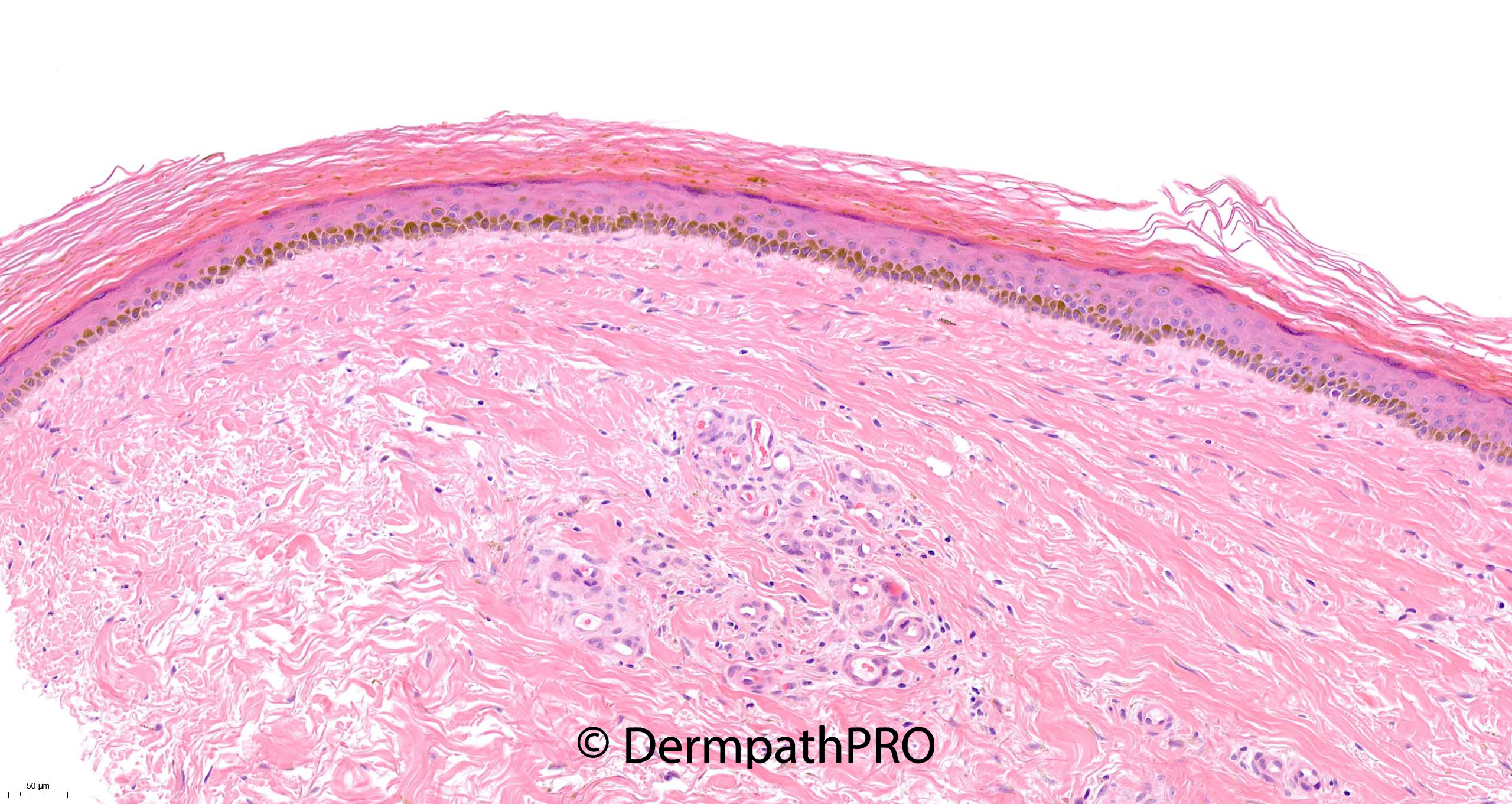
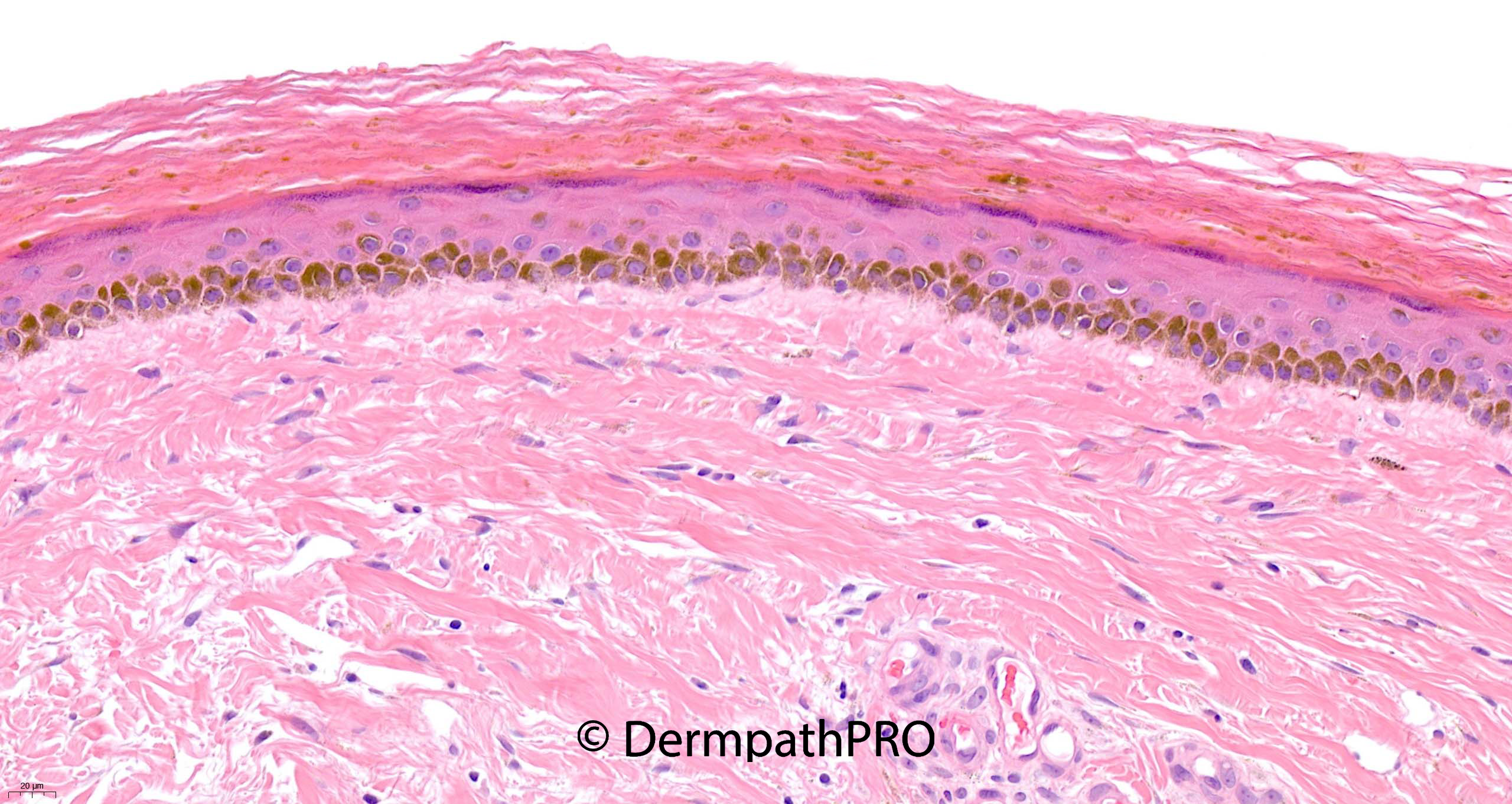

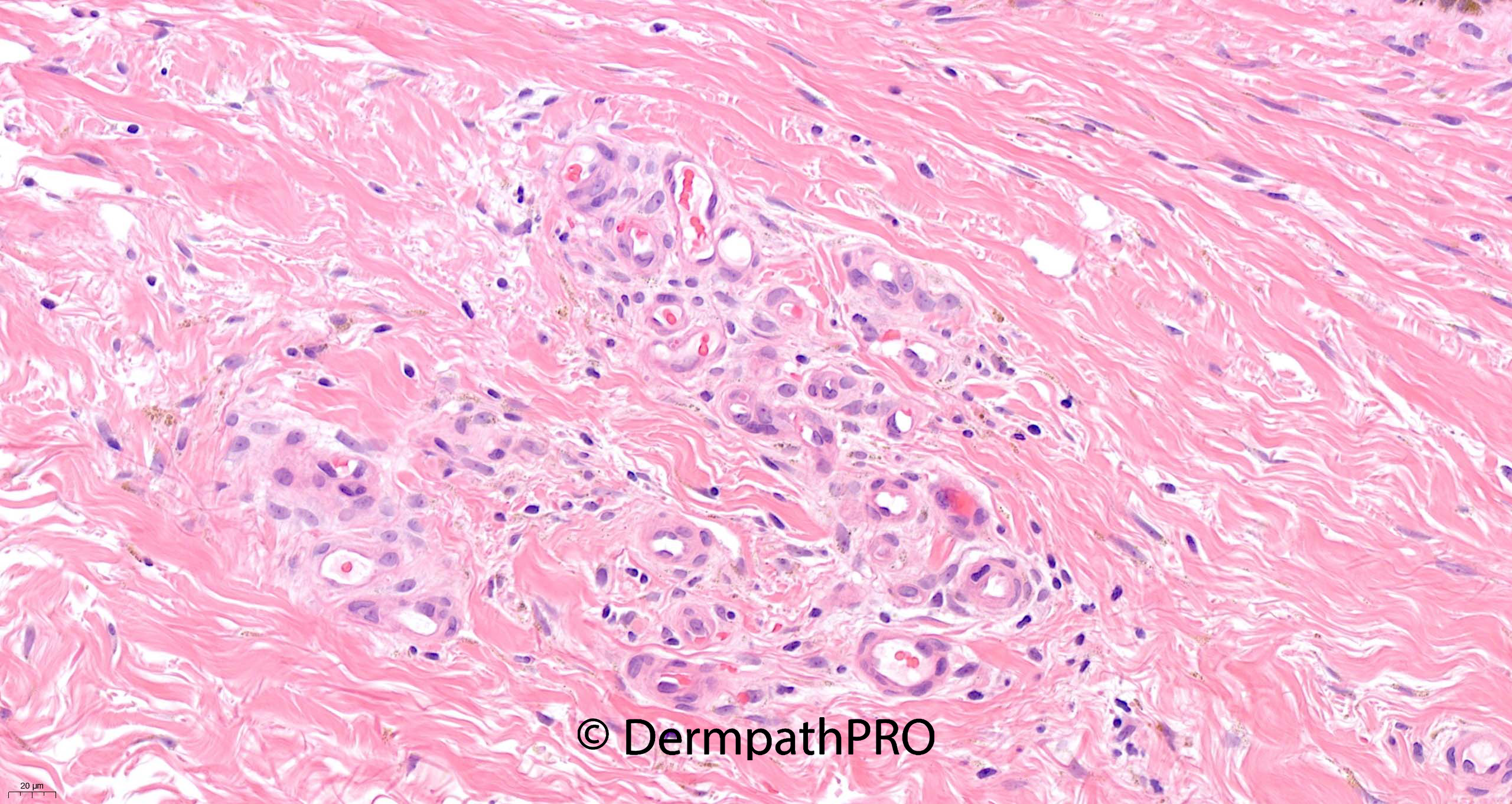
Join the conversation
You can post now and register later. If you have an account, sign in now to post with your account.